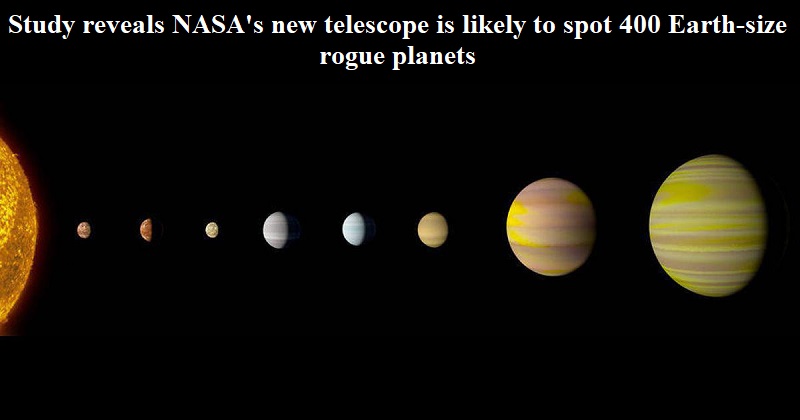
NASA has plans to launch a next-generation space observatory in the coming years, and this will provide an opportunity for the Nancy Grace Roman Space Telescope, a part of NASA, to expand its search for rogue planets and exoplanets.
The telescope is scheduled for liftoff sometime between October 2026 and May 2027, and it is anticipated to detect around 400 rogue planets with masses similar to that of Earth, as per new research.
While the mass of these planets is expected to be comparable to Earth’s, it remains uncertain whether they share any other similarities with our planet. Once scientists gain a better understanding of these rogue planets, it could shed light on the formation, evolution, and disruption of planetary systems.
The telescope’s name, Nancy Grace Roman Space Telescope, is a tribute to Nancy Grace Roman, the first chief of astronomy at NASA and affectionately referred to as the “mother of the Hubble Space Telescope.”
David Bennett, a Senior Research scientist at NASA’s Goddard Space Flight Center in Maryland and co-author of two research papers, stated, “We estimate that our galaxy is home to 20 times more rogue planets than stars – trillions of worlds wandering alone.”
He added, “This is the first measurement of the number of rogue planets in the galaxy that is sensitive to planets less massive than Earth.”
The research team’s findings are based on a nine-year survey known as MOA (Microlensing Observations in Astrophysics), conducted at the Mount John University Observatory in New Zealand.
Using microlensing, which utilizes gravity to detect objects like low-mass free-floating planets and primordial black holes, the team discovered objects that could not be directly observed.
NASA has made numerous discoveries of planets within and beyond our solar system over the past few decades, including over 5,300 exoplanets. Many of these newfound worlds are either massive or located very close to their host stars.
However, the team’s results indicate that rogue planets are generally smaller in size. “We found that Earth-size rogues are more common than more massive ones,” said lead author Takahiro Sumi from Osaka University. “The difference in star-bound and free-floating planets’ average masses holds a key to understanding planetary formation mechanisms,” he added.
Once the Roman telescope is launched in May 2027, it will utilize microlensing to discover solitary planets, a remarkably rare occurrence.
Naoki Koshimoto, who led one of the research papers, mentioned, “Roman will be sensitive to even lower-mass rogue planets since it will observe from space. The combination of Roman’s wide view and sharp vision will allow us to study the objects it finds in more detail than we can do using only ground-based telescopes, which is a thrilling prospect.”

Post Your Comments